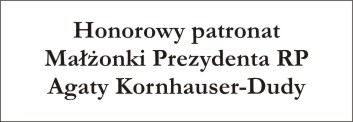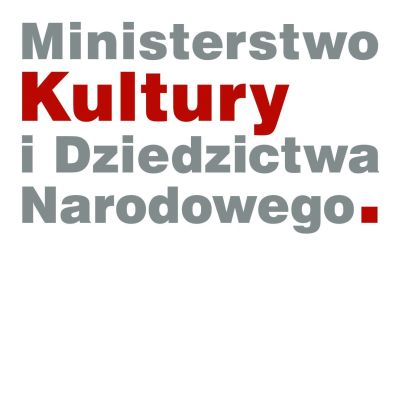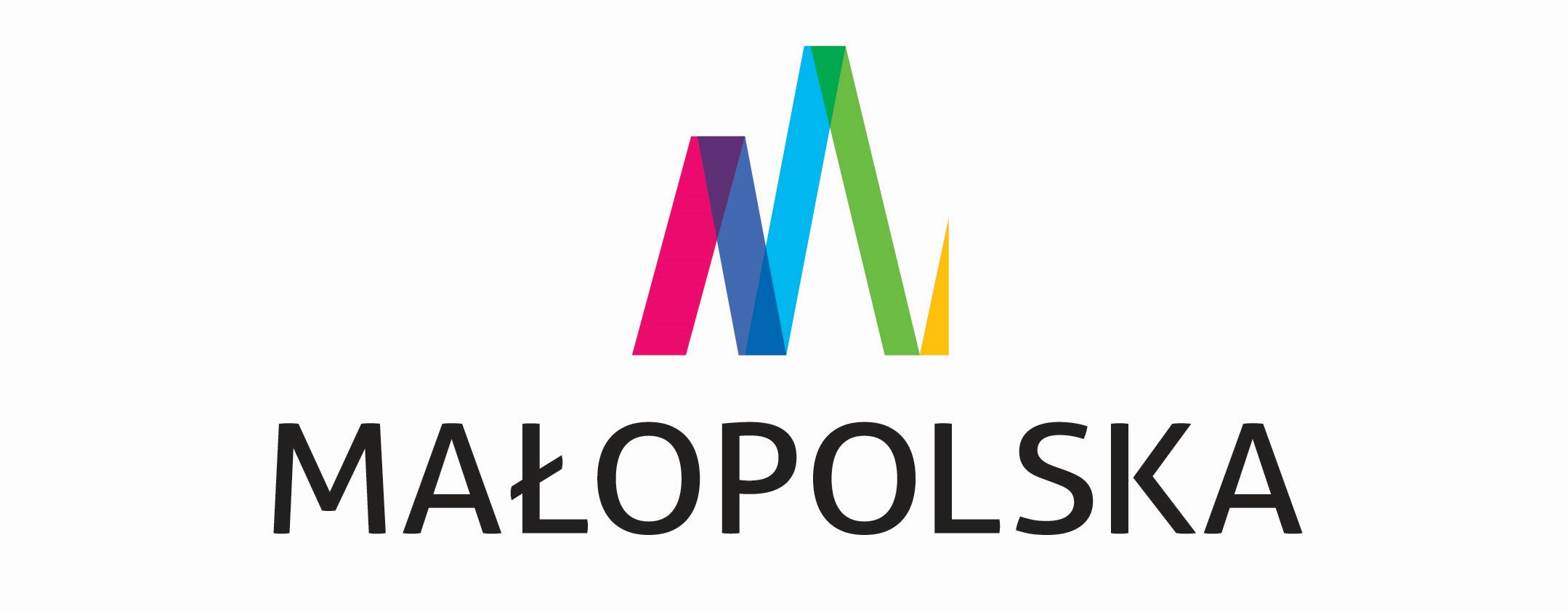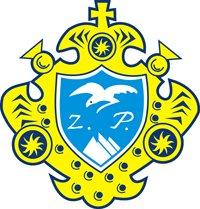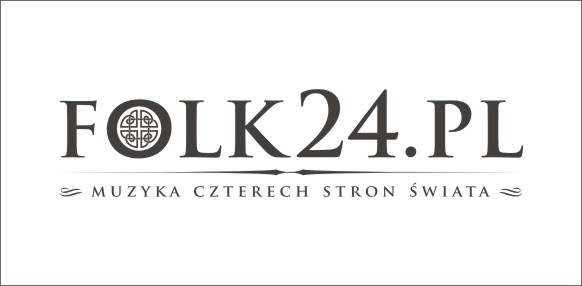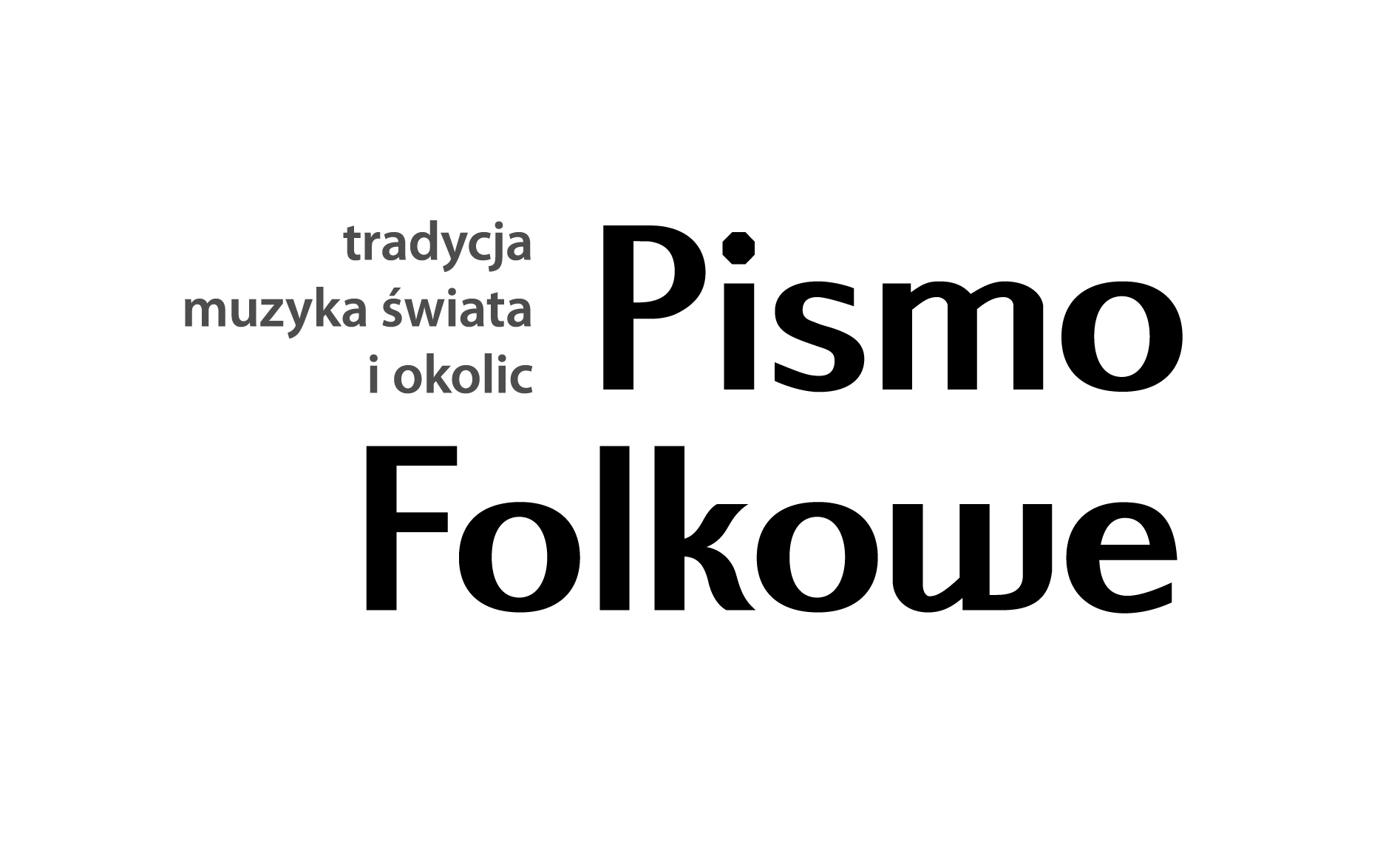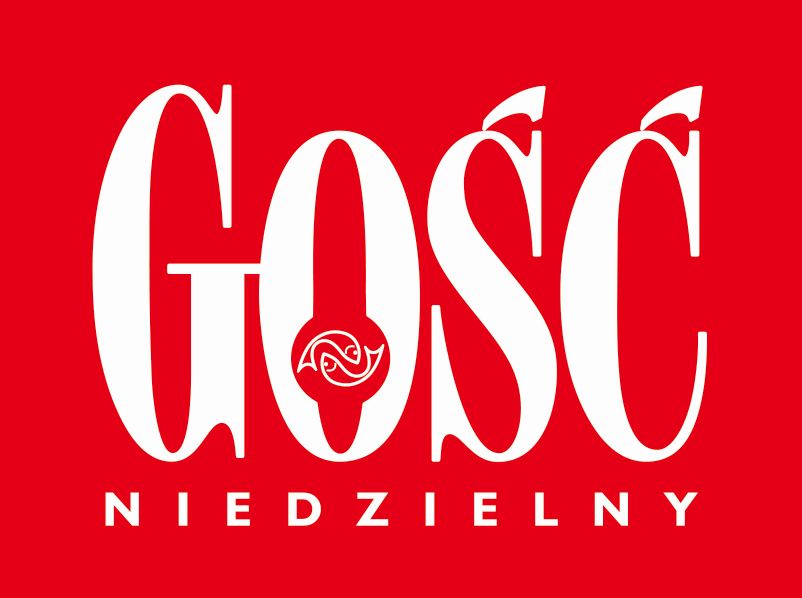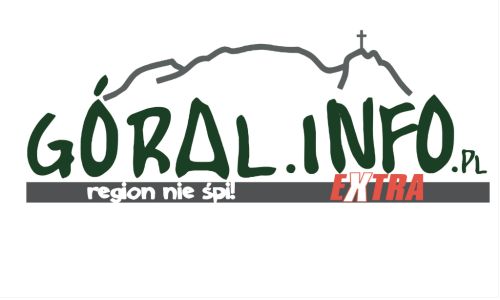
The origins of the club date back to 1943, when the Croatian town of Solin set up an institution aimed at popularizing traditional costume, authentic and stylized
dances. Plus, traditional Croatian songs, especially from Dalmatia, a picturesque land located on the Adriatic coast. This land is not culturally the same. The
islands and coastal towns have retained many influences of the Mediterranean and the region of Zagora, situated inland and to a greater extent was influenced by
the Ottomans.
A considerable area of Dalmatia is part of the Dinara range, part of the Dinaric Alps. The highest peak is Vrh Dinare (1,830 metres a.s.l.).
The long years of the activity of the group were full of successes on national and international folk festivals.
Its orchestra are playing on mandolins and drums (tambours). However, the group perform mainly with women singing a capella.
In Zakopane the folk group from Croatia will present a program of dances, including: an ancient dance from Split, from Vrlika (danced without music, the rhythm of the steps and gold coins jingling in the women’s costumes), a dance from the final of Croatia’s National Opera “Ero S Onoga Svijeta”, Buniecov dance, south Slavic ethnic group living among others in Dalmatia and a dance from the island of Korcula.


